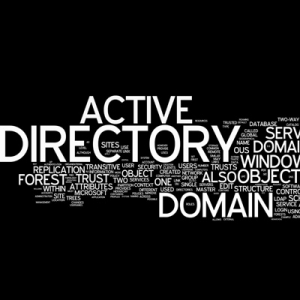Small businesses typically run multiple computers so that staff can access and share documents and files. Without a network this can be chaotic and time-consuming. Your business network solves that problem but it brings its own challenges. For example, you’ll likely need to set it up so that users have access to the files they need, while restricting access to absolutely everything. You also need solid security to protect your IT infrastructure.
Unless you’re a small business that only needs a very small number of computers, it’s really important to centralize your files and network permissions to the server. It’s your central storage space for all the files you might need, so that when necessary you don’t have to check multiple computers to find that one document from last month that you need right now. At the same time, it regulates network access to ensure that your data is secure.
This all becomes more and more vital when you have lots of users accessing your files but, even at the outset, when you might only have a few users, it’s important to set up appropriate server administration and management practices. Otherwise things can start to get disorganized and never quite recover. Active Directory will help you do this.
What Is Active Directory?
Most Windows server operating systems include Active Directory. It lives on your server and if you have more than one server, that one is called the domain controller. It’s the domain controller that acts as a doorman and security guard for your system. For example, when someone logs in from their desk computer, there’s a communication process with the domain controller to verify the person’s access rights and grant them the privileges they’re entitled to.
At Quikteks, when we manage your business network, we often need full administrator access to do what’s needed, such as troubleshoot problems or carry out system maintenance. Administrator access is top level access to settings and similar, with permission to manage security and install new hardware that the average user doesn’t need to have.
This is where Active Directory comes in. It’s the HQ for managing the various users and workstations you have in your small business. If permissions and privileges are properly managed then files will be accessible to those who need them and security is maintained so that unauthorized users are kept at bay. One way this can be achieved is by grouping users together according to their specialty, such as Marketing, HR or Sales.
Effective Active Directory management takes a lot of careful thought and planning. This pays off because when it’s properly set up then your network administrator has less work and the system works smoothly and stays secure. Do you need help designing, setting up and managing your small business network? For assistance tailored to your needs call Quikteks today at (973) 882-4644.

